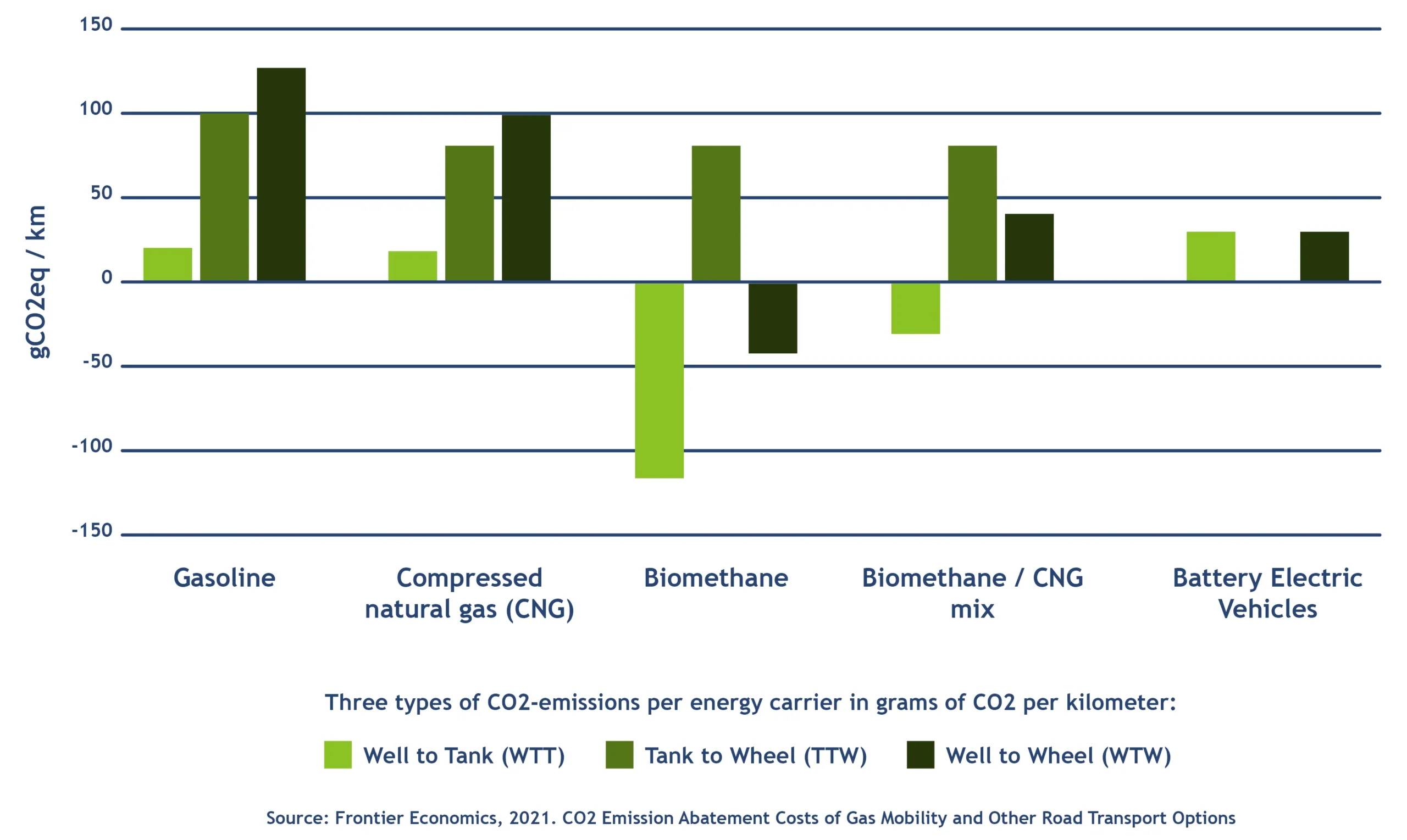Portal for more climate-friendly mobility
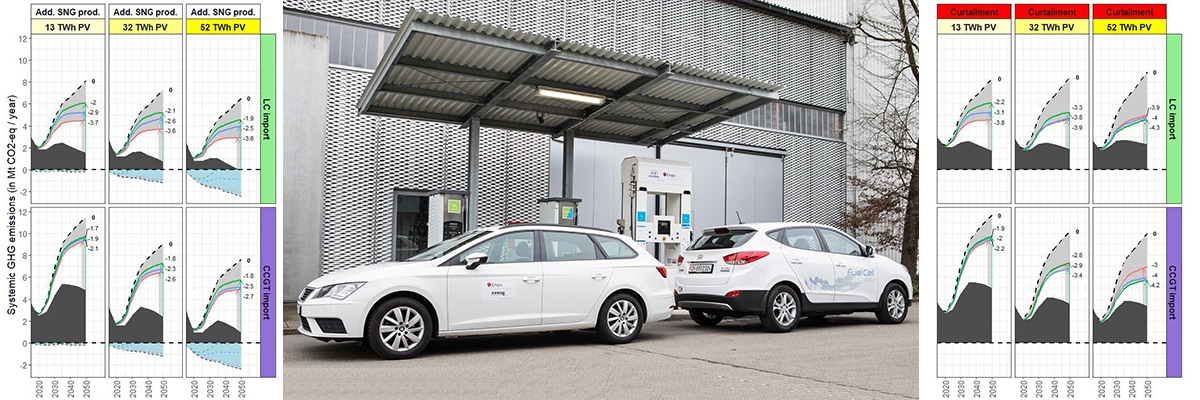
The path to climate-neutral road traffic
Road transport is responsible for around 30% of Swiss greenhouse gas emissions. Reducing them is very complex in reality. According to renowned researchers, the switch from fossil fuels to renewable energy is not enough on its own. The experts also assessed how CNG vehicles perform compared to fuel cell and electric vehicles in the scenarios – with exciting results.
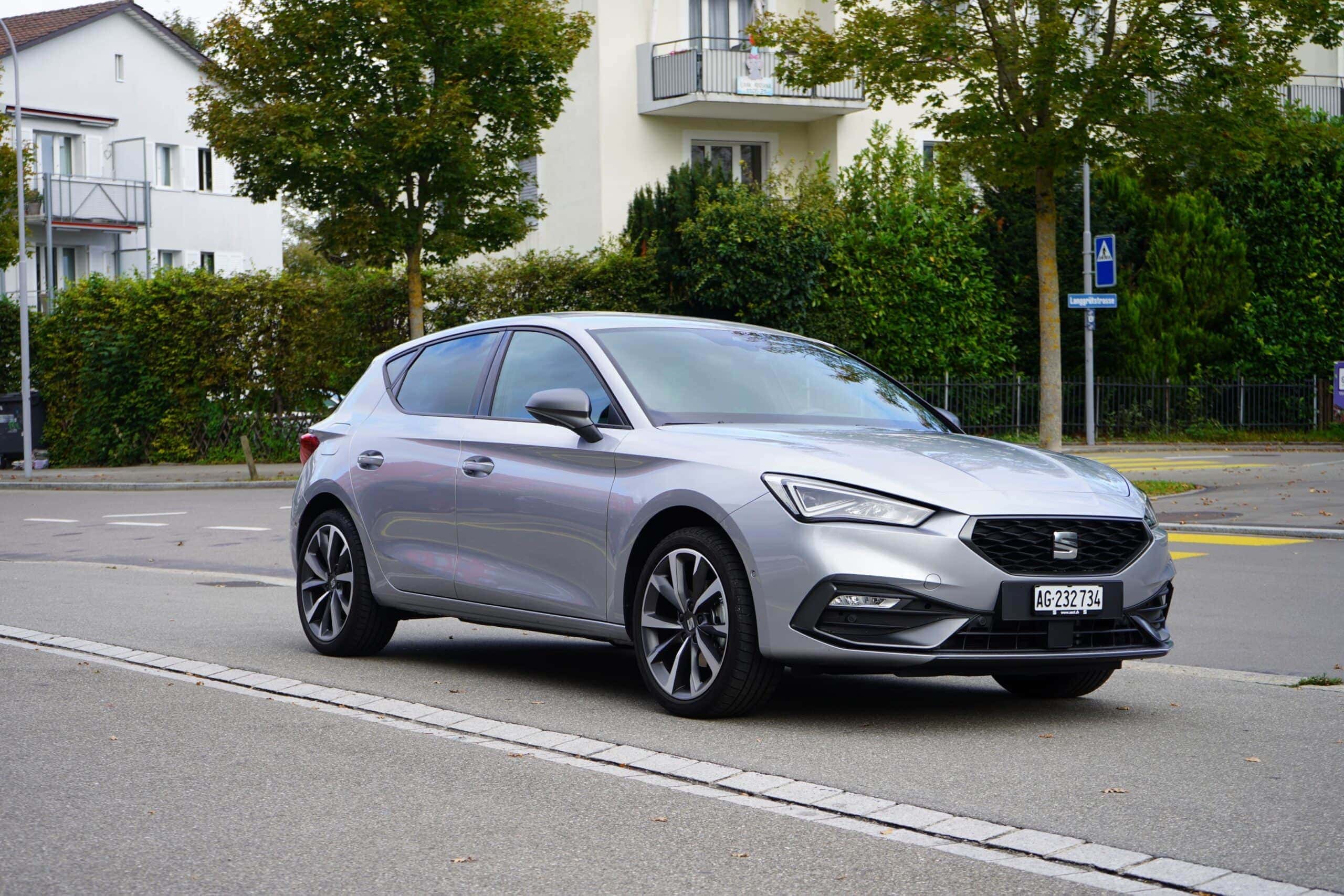
Switching to a CNG-powered Seat Leon with biogas in the tank – like the one shown in the picture – is an important first step towards the climate change, but according to a new study, more is needed… Source: CNG-Mobility.ch
If 60% of passenger cars powered by conventional petrol and diesel engines in Switzerland were to switch to “electricity-based” vehicles by 2050 – i.e. purely electric vehicles, hydrogen-powered fuel cell cars or vehicles powered by synthetic fuels – their greenhouse gas emissions could be reduced by 2 to 4.5 million tons per year from around 6 million tons today. It is not only the transition from fossil fuels to sustainable that is crucial, but also the underlying conditions.
In a study financed by the Competence Center Energy and Mobility (CCEM) in the ETH domain, researchers from Empa, the Paul Scherrer Institute, ETH Zurich and EPFL Lausanne jointly investigated the potentials of electricity-based mobility with regard to reducing the impact on the climate. This also applies against the background of the rapidly changing Swiss energy system. The effect on the total number of vehicles was determined on the basis of a new car transformation model based on the current CO2 legislation for new vehicle registrations.
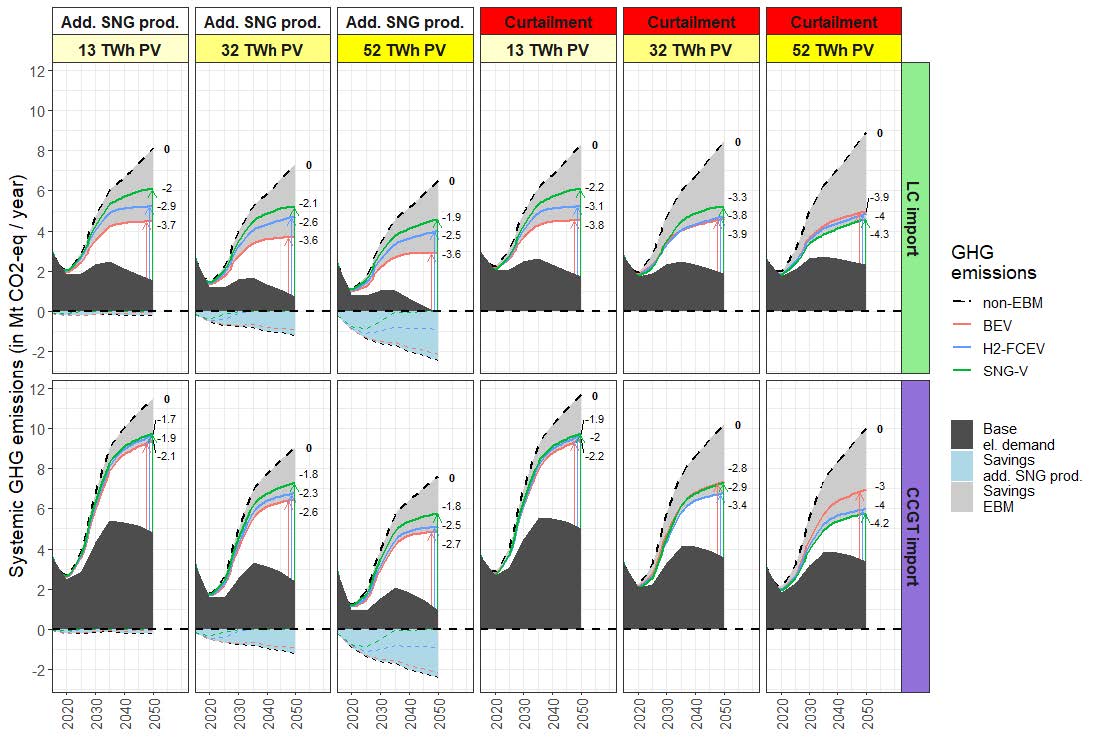
Source: Empa
The researchers calculated twelve different scenarios with different transformation values for the electricity market as well as different electricity import scenarios for the winter supply. Even the possibility of using surplus electricity was examined during this process. After all, the extensive domestic photovoltaic expansion plans will lead to large temporary electricity surpluses in the summer. In the simulation models, these were either used to produce synthetic methane, which can be used in the gas market and can be used like biogas in a wide variety of CNG vehicles, from cheeky small cars to large trucks, or they were “regulated.” This means that solar energy production is stopped in order to avoid electricity surpluses.
The results of the simulations show that for eight of the twelve scenarios, the differences in CO2 reduction between electric and hydrogen cars and also vehicles powered by synthetic fuels are small. This is because efficiency and flexibility outweigh each other in such cases. In addition to the energy calculations, the researchers also examined the effects of charging electric vehicles on the local electricity grid. After all, a single electric car that is charged at a plug socket all night corresponds to around four electric stoves that run at full power for six hours. And only intelligent charging systems that adapt the charging power of the vehicles to the currently available grid capacity will prevent the electricity grids from becoming overloaded and, in extreme cases, from causing blackouts.
Vehicles powered by biogas or synthetic gas are another option for sustainably reducing CO2 emissions in the transport sector, which is unfortunately often forgotten due to the current framework conditions and the so-called tail-pipe calculation of CO2 emissions. Finally, an electric car powered by the EU’s electricity mix still emits around 87 grams of CO2 per kilometre in the so-called well-to-wheel balance (“from source to wheel”). That’s an impressive 87 grams of CO2 more than is included in the official climate calculation. An electric vehicle is only a sensible alternative if it is also charged with renewable electricity. In this case, the electro-friendly Forum Electromobility predicted CO2 emissions of just 5 grams in 2019. A study of biogas-fuelled CNG vehicles by the consulting company PA Consulting Group came up with exactly the same number. As a result, there is currently virtually no way around trucks powered by CNG or LNG, especially in freight transport.
This is also shown by the latest data from “Zurich 5,” an association of leading companies and academic institutes in the biogas and LNG sector. They expect that 40% of all gas-powered vehicles across Europe will be able to run on biogas and thus be almost CO2-neutral by 2030. This is made possible by the use of biogas and the circular economy, whose potential is far from exhausted and which can easily supply 34 billion cubic metres of biogas for sustainable mobility by 2030. This is particularly important for freight transport – without any limitations in terms of payload or range. This is because unlike electric and hydrogen-powered trucks, CNG and LNG trucks are already able to cover distances of up to 1,600 kilometres on a single tank of fuel. (pd/jas, 21 April 2022)
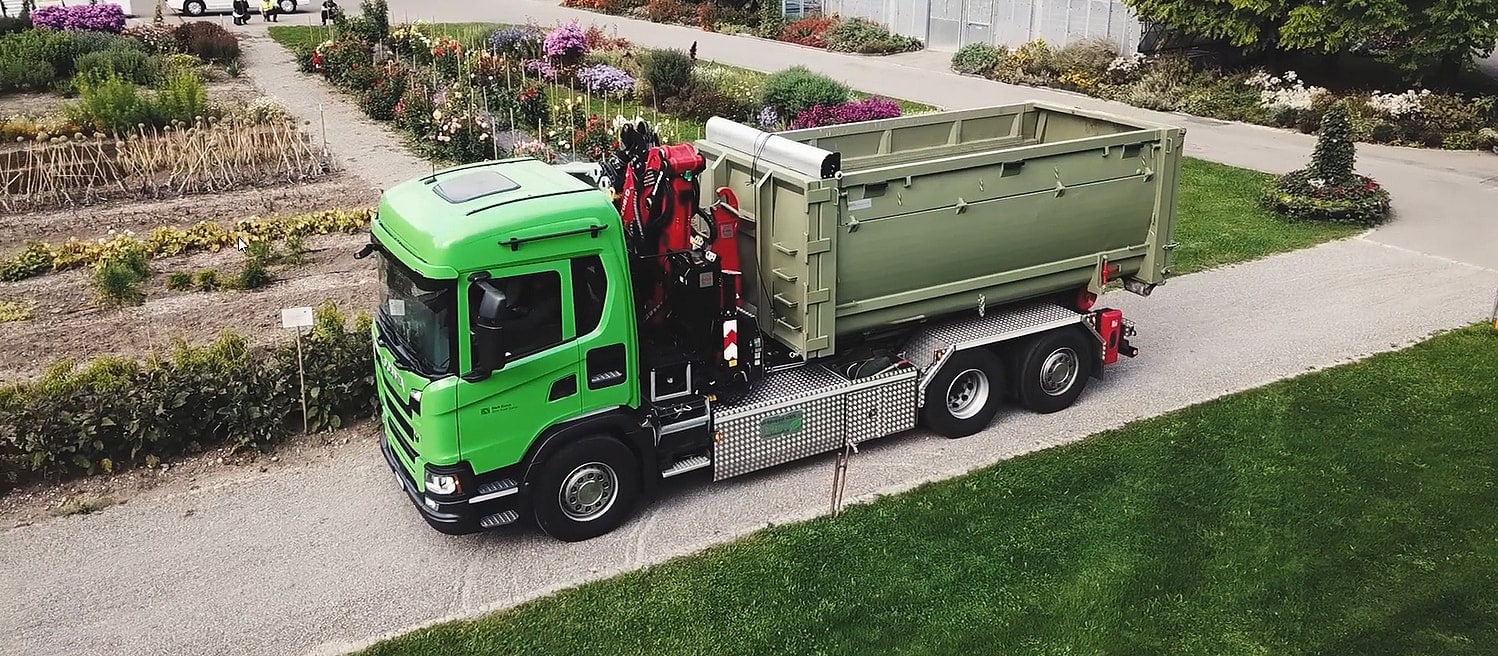 Source: Scania
Source: Scania
You might also be interested in
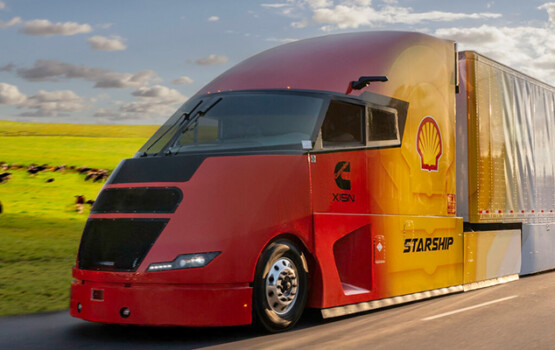
Shell Starship on record hunt

